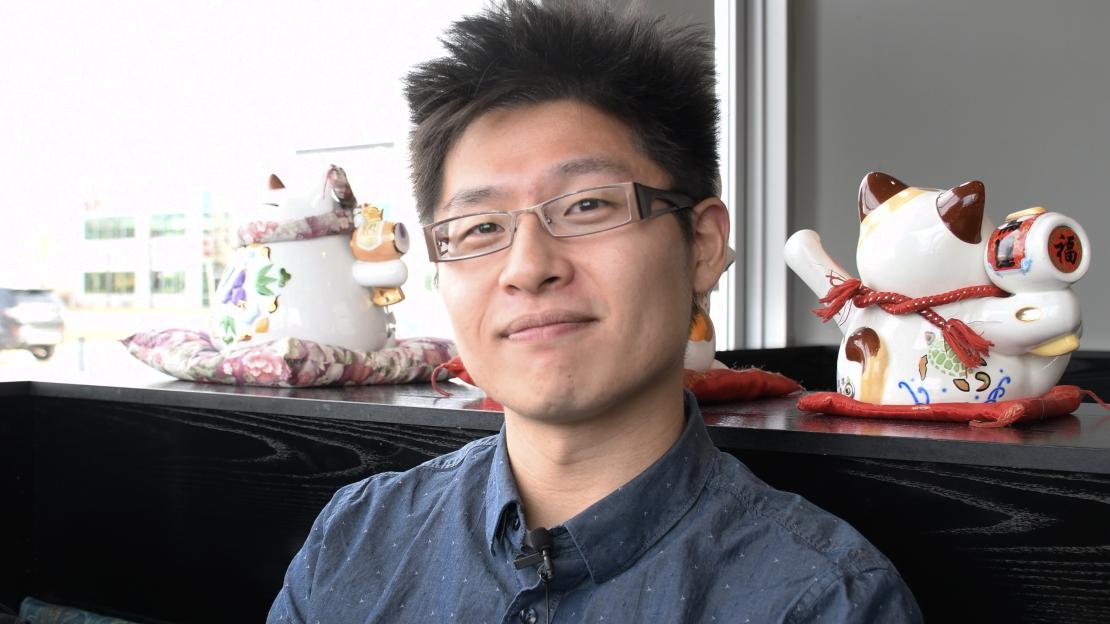When Andy Liu, a fourth year U of T Scarborough student specializing in history, entered the Magic Noodle restaurant for dinner one night, he was met by the sounds of a chef smashing dough onto a board.
Bong! Bong! Bong!
With the sounds of the noodle preparations happening in the background, Liu tucked into a bowl of Lanzhou beef noodles and wondered about the history of his meal.
“Regardless of if it’s here in Toronto or if it’s in China, these noodle restaurants are everywhere,” said Liu. “But unlike McDonalds there is no organization behind it. I wanted to know where they came from.”
Liu began a “culinary ethnographic investigation” which traced the Lanzhou noodle from Magic Noodle at the intersection of McNicoll and Midland back to the original noodle recipe from over 200 years ago.
When Liu began investigating, he discovered scholarly research into the topic was limited.
U of T Scarborough food historian Jeffrey Pilcher says conventional historical research methods are tricky when it comes to this area of history.
“Food history is one that is often very hard to look at using traditional historical sources. When historians go into a topic, say a politician’s history, you go into the papers of the politician or the government reports,” said Pilcher. “Of course most chefs don’t leave papers behind. They’re too busy cooking to write things up.”
Finding limited scholarly resources here in Toronto, Liu turned to newspapers and blogs from the city of Lanzhou in Northwest China to gain insight into the locals’ perspectives. He wanted to discover how people in the area connected with the dish.
Food is central to cultural history and for this research, Pilcher says, the substance comes from the cultural understanding of the meal rather than providing chronological accuracy.
“It is about how we have come to value this particular recipe and how we think about it,” said Pilcher. “What is the meaning of Lanzhou noodles in China and now increasingly in Toronto?”
Liu created a digital story map that charts the noodles uncertain journey from region to region, starting outside of Lanzhou with the original recipe from Chen Weijing, a renowned scholar and apparent inventor of the Lanzhou noodle. Liu fills out his research with information that tells the entire story of this dish with great emphasis on the significance it holds in Chinese history.
The modern version of the Lanzhou beef noodle is believed to be very different from the meal Chen invented because at the time, no form of standard measurements had been created. For generations, those following the recipe had to interpret the information in their own way. This changed when chef Ma Zilu created a standard measurement for the ingredients and began selling his interpretation across China, which spread the noodles as far as Guangzhou. The Japanese occupation during World War II halted the noodle’s progress when travelling food businesses were shut down.
The dish remained fairly local to the area until the 1980s, when restaurateurs in the county of Hualong — a few hundred kilometers from Lanzhou— began opening noodle shops. Hualong residents could travel to Lanzhou to gain experience in noodle making and bring this knowledge back home. The impoverished farming area experience immense economic benefits through the spread of these restaurants. The noodle has exploded nation-wide — by 2014, more than 12,000 “Lanzhou beef noodle” restaurants had opened across the country.
Liu concludes his exploration by taking a trip back to Magic Noodle to see how the experience stands up to his research. He evaluates the authenticity of the meal, the restaurant’s appearance, the menu options and pricing. He breaks down the noodles progression into three stages: the Chen Weijing original recipe, the Ma Zilu standardization and the Hualong resurgence of the 1980’s.
His final assessment concludes that the Lanzhou beef noodle we enjoy today has a nearly non-existent relationship with its namesake.
